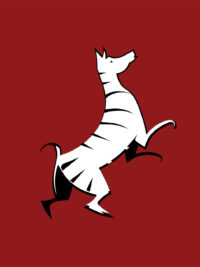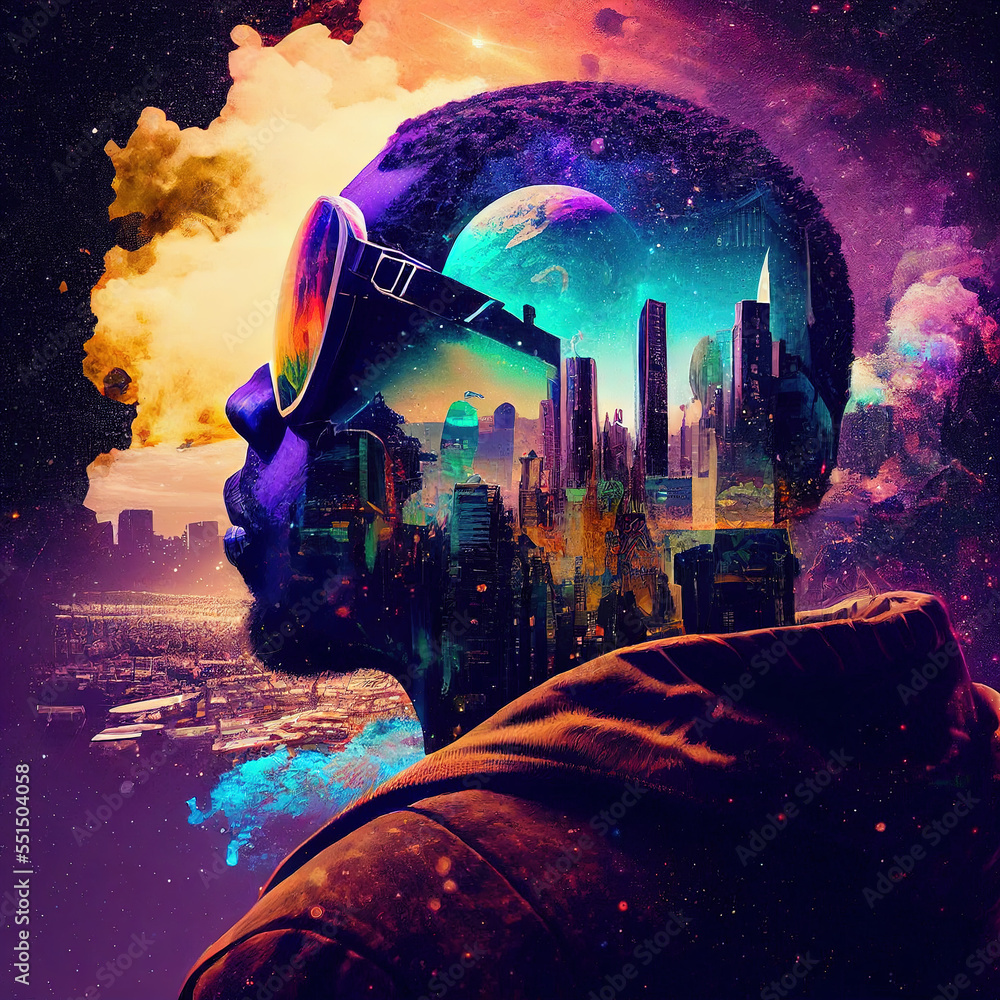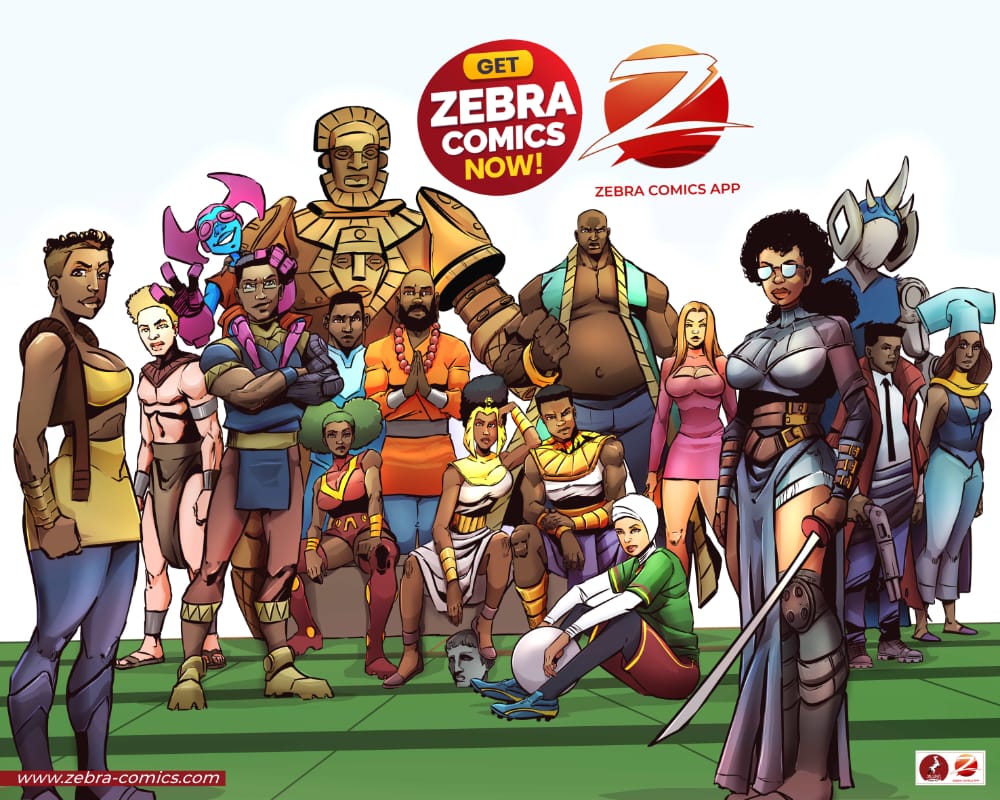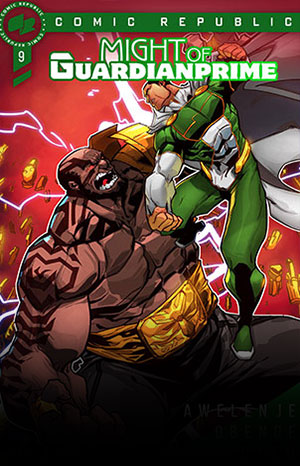African folklore is rich with tales of mythical creatures that have both fascinated and terrified people for generations. From fierce, fire-breathing dragons to mischievous tricksters, these creatures have played a central role in African storytelling, serving as a way to explain natural phenomena, teach moral lessons, and provide entertainment. In this article, we will take a look at some of the most fascinating creatures in African folklore, delving into their physical features, where they come from, and what they do.
1. Mami Wata
Mami Wata is a water spirit found in West and Central African folklore. She is depicted as a mermaid-like figure with a fishtail, long hair, and a snake-like body. Mami Wata is known for her beauty and seductive powers, often tempting men with her charms. She is also believed to have healing powers and can bring wealth and good fortune to those who worship her. However, Mami Wata is also known to be vengeful towards those who disrespect her or fail to fulfil their promises.
2. Kongamato

The Kongamato is a pterodactyl-like creature supposedly living in the Congo, Zambia, and Angola areas of Africa. The locals describe it as a reddish lizard with membranous wings, sharp jagged teeth in its beak, and a wingspan ranging from 1 to 5 metres. It is notorious for dive-bombing the canoes of the natives, capsizing or breaking them. While its diet consists mostly of fish, the Kongamato will have no problem attacking humans. According to legend, Kongamato will dig up human graves and eat rotting corpses.
3. Tokoloshe

The Tokoloshe is a small creature of Zulu legend, resembling a distorted child with rotting flesh. It is created when a shaman takes a fresh human corpse and removes its eyes, brain, and tongue with a hot poker. Once prepared, the shaman brings the creature to life with magic powder. The creature serves its master by terrorising those who have wronged them, scaring children or animals, destroying property, ruining crops, killing livestock, and even causing illness and death. A Tokoloshi can make itself invisible by drinking water or swallowing a pebble, adding to the confusion it causes. To see a Tokoloshi is deemed a bad omen, but to tell someone they have seen one is to invite retribution. It is said that only a person of great faith, like a shaman or priest, can stop the creature entirely. Raising a bed on bricks is believed to protect a person from a Tokoloshi.
4. Ninki Nanka

The Ninki Nanka is a fearsome dragon-like creature said to live in the swamps and rivers of West Africa. It has a long neck and a head like a horse, and it is covered in green scales. It is believed to have the power to control the weather, bringing lightning and thunderstorms when angry.
5. Adze

The Adze is a vampiric firefly-like creature from the Ewe people of Ghana and Togo. It is said to transform into a human and prey on children by drinking their blood. The Adze is also believed to be responsible for causing illnesses and deaths in the community by spreading disease and stealing life force. The Ewe people believe that the Adze is actually a human being who has been cursed to become a vampire-like creature. They can only be killed by driving a nail into their head while they are in their human form.
6. Nandi

In Kenya, there exist legends among the Nandi people of a creature called the Nandi bear. These creatures were said to stalk unwary people and animals and kill them via scalping with their claws and eating the brains of their victims. Descriptions of the Nandi bear tend to vary; most agree that it is a large beast with long claws, high shoulders with a sloping back, and the ability to stand on its hind legs, similar to a blend of a bear and hyena. Other features that have been listed include hyena-like fur, six digits on each paw, and even a single eye like a cyclops. Like Bigfoot in North America, Nandi bears are believed by many to be real creatures, perhaps even survivors from the ice age hiding from the world as cryptids.
7. Impundulu

The Impundulu, also known as the Lightning Bird, is a mythical creature from the tribes of South Africa. According to legend, the Impundulu is a creature that can summon thunder and lightning with a beat of its wings. Men only see the Impundulu as lightning in the shape of a bird, while women see it as a black-and-white hammerkop the size of a person. It is also a vampiric creature with a deep love for blood and can transform into a handsome man to seduce young women. The Impundulu is usually the familiar of witches and witch doctors and is passed down through a witch’s family from mother to daughter.
8. Grootslang
The Grootslang is said to take the form of a humongous serpent with the head of an elephant with great fangs coming out of its mouth. Additional descriptions have the legs of an elephant coming out of the front and back of the Grootslang’s serpent body. According to legend, the Grootslangs were one of the first creations of the gods, but the gods made a mistake. They made the Grootslangs too strong and smart and extremely cruel. The Grootslangs went on a rampage, destroying and devouring everything in their path. Eventually, the gods had enough and decided to destroy the Grootslangs by cutting them in half, thus creating the first elephants and the first snakes. But legend has it that one Grootslang was able to get away and then made its home in the Wonder Hole. There it hides, hoarding diamonds and precious jewels while it devours elephants it lures inside its cave. Anyone foolish enough to enter is never seen ever again.

9. Were Hyena

One of the most famous creatures from African mythology is the Were Hyena. This creature is similar to the werewolf but transforms into a hyena instead of a wolf. In some myths, they are able to transform at any time and don’t require a full moon. They are usually solitary creatures with a gluttonous appetite and have a talent for luring people away from their homes by calling out with human voices. Blacksmiths were also thought to be Were-Hyenas due to their skills in fire and metal.
10. Jengu

Jengu is a water spirit found in West and Central African folklore, particularly in Cameroon. It is often depicted as a mermaid with long hair and a fish-like tail. Jengu is known for its healing powers, particularly in relation to women’s health issues. It is believed that it can only be seen by those who are pure of heart and that it can bring good fortune to those who honour it.
11. Kishi

Kishi is a two-faced creature from Angola, Africa. At first sight, Kishi seems to look like an extremely handsome man with a charming personality that lures people in. However, when the person turns their back, Kishi’s face changes to that of a wild animal. Kishi is also known for being a shapeshifter and can transform into other animals.
12. Dingonek
The Dingonek is a creature that is said to live in the rivers of western and eastern Africa it’s described as a cross between a sea serpent and a leopard with a body that is 7 to 10 metres long it has a flat head like a crocodile with sharp curved teeth and small ears it’s said to have dark shiny skin and is covered in scales the Dingonek is a solitary creature that is known for attacking and killing hippos as well as humans who venture too close to its territory.

13. Amphisbaena
The amphisbaena is a creature from the mythology of ancient Egypt and Greece but it is also found in the folklore of Africa it’s a two-headed serpent with a body that is covered in scales and can range in length from a few feet to over 60 metres long the amphisbaena is said to be incredibly fast and agile and it can move in any direction making it difficult to catch or kill according to legend the amphisbaena has a venomous bite and its blood is said to have healing properties.

And that’s the end of our list. It would be a stretch to try and cram all these creatures in one article. Nonetheless, if you’re ever in need of a creature for your story or whatever, you know where to look.





I’m definitely not shutting my eyes tonight.
Hi there! This post could not be written any better! Looking at this post reminds me of my previous roommate! He always kept preaching about this. I most certainly will forward this post to him.